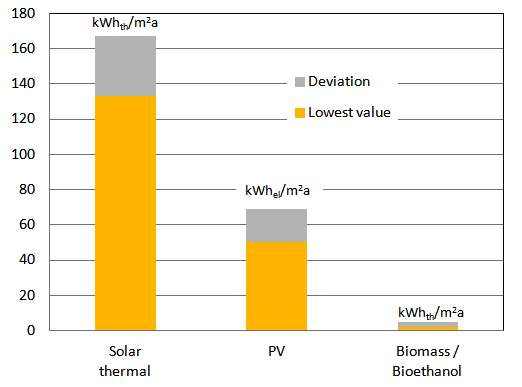I'd be up for that. Not sure at what point one becomes a High Nett Worth individual, but I'm not there yet - sorry!
Not come across that, and only had a quick look, but my (very Passive Haus jaundiced) view is that Net Zero energy in itself is not the answer but needs the whole
PHPP calculation to get a good balance in the building.
For me Passive House is about both negligible heat input (i.e. good insulation) but also comfort - no overheating in Summer, and no convection-draughts in winter.
For example, the inside surface of the window glass should [
be designed to] not be more than 4C colder than room temperature - because if the difference is greater the air will "fall" under convection, and that will create a draught (even if the house is hermetically sealed), and you lose the comfort aspect and/or turn the thermostat up because you feel "cold" (which exacerbates the problem of course

)
Same with roof glass - e.g. Velux. That can be done, definitely, but in general terms Passive Haus shades South facing windows with roof overhangs - so high-sun-angle in Summer misses the windows, but low Sun in winter comes straight through. Roof glass is likely a heating element in Summer and a cooling one in Winter. - and the falling air is uncomfortable.
Passive House consultant talked us out of roof glass (Architect said room would be plenty light enough without - he was right, we were sat on the fence). Glad he did. Also a complicated Hips / Dormer thingie which Architect said was his best feature! Passive Haus bloke said the insulation impact was diabolical ... we ditched that, probably saved us a fortune on the construction! - we put a stone triangular pediment up there instead - has exactly the same "impact" that the architect wanted with his triangular dormer window

The air tightness is the other important thing. My understanding is that housing estates from the likes of Barrett Taylor Wimpey only have to air-test one house. In our test one bedroom had a massive leak - builder foreman took a look and said "Twits [
or something like that!] have missed the seal". I doubt we would have ever known ... just been uncomfortable.
If the house is totally (so to speak) air tight all the exhaust air goes out through the ventilation system, and is used for "heat recovery", so maximum efficiency of heat preservation. And any air leakage implies draughts (and thus reduction of "comfort"). Plus the benefit of pollen filters in the ventilation, no flies / dust coming in through open windows and so on. We do open windows it we want to, but not when baking hot outside (lets the heat in, Natch) nor if freezing cold (let's the cold in Natch)
So glad we did it








